Jonathan McClellan a dear friend and former trainer on our team now owns his own personal training business in Atlanta, GA. He shared the following tips this week on his blog. With his permission I am passing them along because they are good tips. Recently, a client asked Jonathan for his number one nutrition tip. He answered with his top three.
1) Avoid packaged foods, processed foods, and food by-products
The idea is to focus on eating as many whole foods as possible. When one eats something that comes in a package, the item tends to be highly processed and contain food by-products that few of us can pronounce. These processed foods and food by-products are not whole foods and truly are not foods at all.
2) Eat foods full of color.
Eat a diversity of plant foods every day. Seek to include as many colors as possible green, red, orange, yellow, red, blue and purple. Diversity of color insures a diversity of nutrients will be delivered to our 300 billion cells supporting life and wellness.
3) Eat frequently.
Rev up your metabolism. Simply speaking when we go too long without eating our body learns to slow down our metabolism and store fat. We must eat frequently so our bodies will use our food as fuel and make sure that the foods we are eating honor number one and two above.

